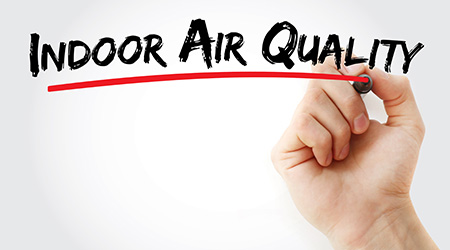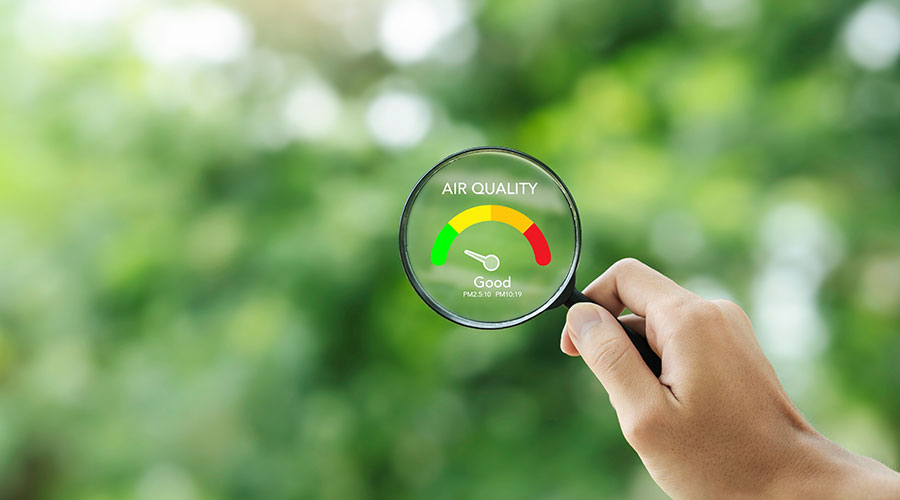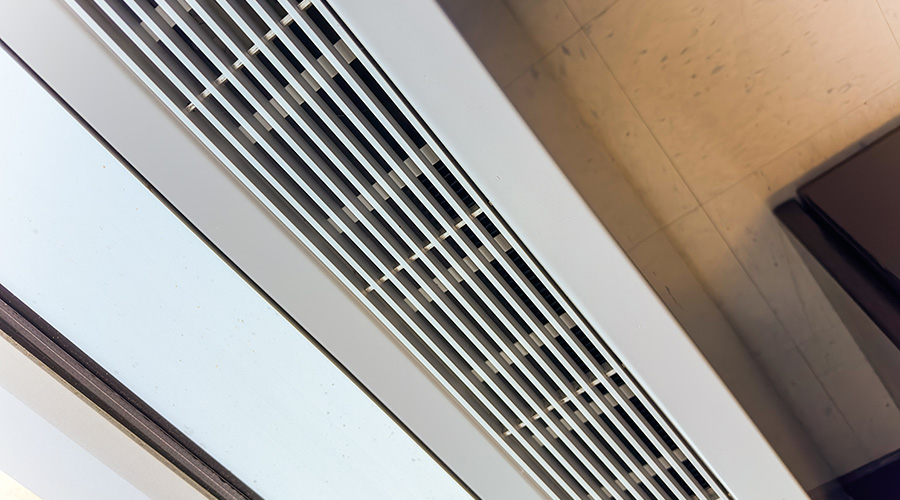All Eyes on Indoor Air Quality as COVID Continues
Expert Taryn Tuss previews her session at NFMT 2022: As the pandemic rolls on, indoor air quality is more crucial than ever.
By Mackenna Moralez, assistant editor
All eyes are on facilities management as the COVID-19 pandemic moves into its third year. With more people concerned about indoor air quality and cleaning materials, more questions are being raised regarding best practices for these products. With more variants being discovered, facilities managers are now being tasked with the challenge to help prevent the spread of infections.
At NFMT, Taryn Tuss, VP of marketing and communications, Green Seal will offer insight into how industry leaders are providing guidance on preventing the spread of disease while maintaining indoor air quality and sustainability goals during the Protecting Indoor Air Quality While Cleaning for Health in the Pandemic panel.
FacilitiesNet: What are some ways that the COVID-19 pandemic changed the way we focus on indoor air quality?
Tuss: The pandemic made ensuring healthy indoor air quality an urgent national priority in a way that it never has been before. Building occupants are much more aware of best practices around ventilation, cleaning products and air quality monitoring, and we’ve seen an uptick in cleaning services looking to demonstrate their credentials through earning certification.
FN: How does overusing disinfectants and other cleaning practice create risks for building occupants? What should people be aware of when looking for these types of products?
Tuss: The pandemic triggered a natural instinct to turn to the harshest chemicals available for cleaning, which are disinfectants. Disinfectants themselves can have negative health effects though. Some common disinfectant ingredients, such as quaternary ammonium compounds (or quats) are linked to asthma, cancer, and endocrine disruption. Repeated exposure to these harmful ingredients can increase the risk of serious respiratory disease, especially for vulnerable populations including children and those with asthma. Even low levels of indoor air pollutants like these can trigger respiratory symptoms. Some disinfecting ingredients are safer than others and still approved by EPA for effectiveness against the COVID-19 virus.
FN: What ways do you think facilities managers will meet the ongoing challenges of improving indoor air quality as the pandemic continues?
Tuss: Facilities managers deserve recognition for their vital role in keeping people safe during the pandemic. I think we’ll continue to see facilities managers seeking out third-party validation of healthy cleaning procedures and healthy indoor spaces, whether through Green Seal, WELL, LEED or other credible authorities.
FN: What can NFMT attendees look forward to when attending your panel this March?
Tuss: We’ll offer on-the-ground accounts from a national commercial property owner and a leading building services provider about how they’re providing safe indoor spaces in the current climate, and also provide insight into products and procedures that are better for building occupants and building services workers. Attendees will walk away with practical steps to improve health, safety and indoor air quality in their spaces.
NFMT takes place March 29-31 in Baltimore. To learn more, please visit nfmt.com
Mackenna Moralez is the assistant editor for facilitiesnet.com.
Related Topics:












